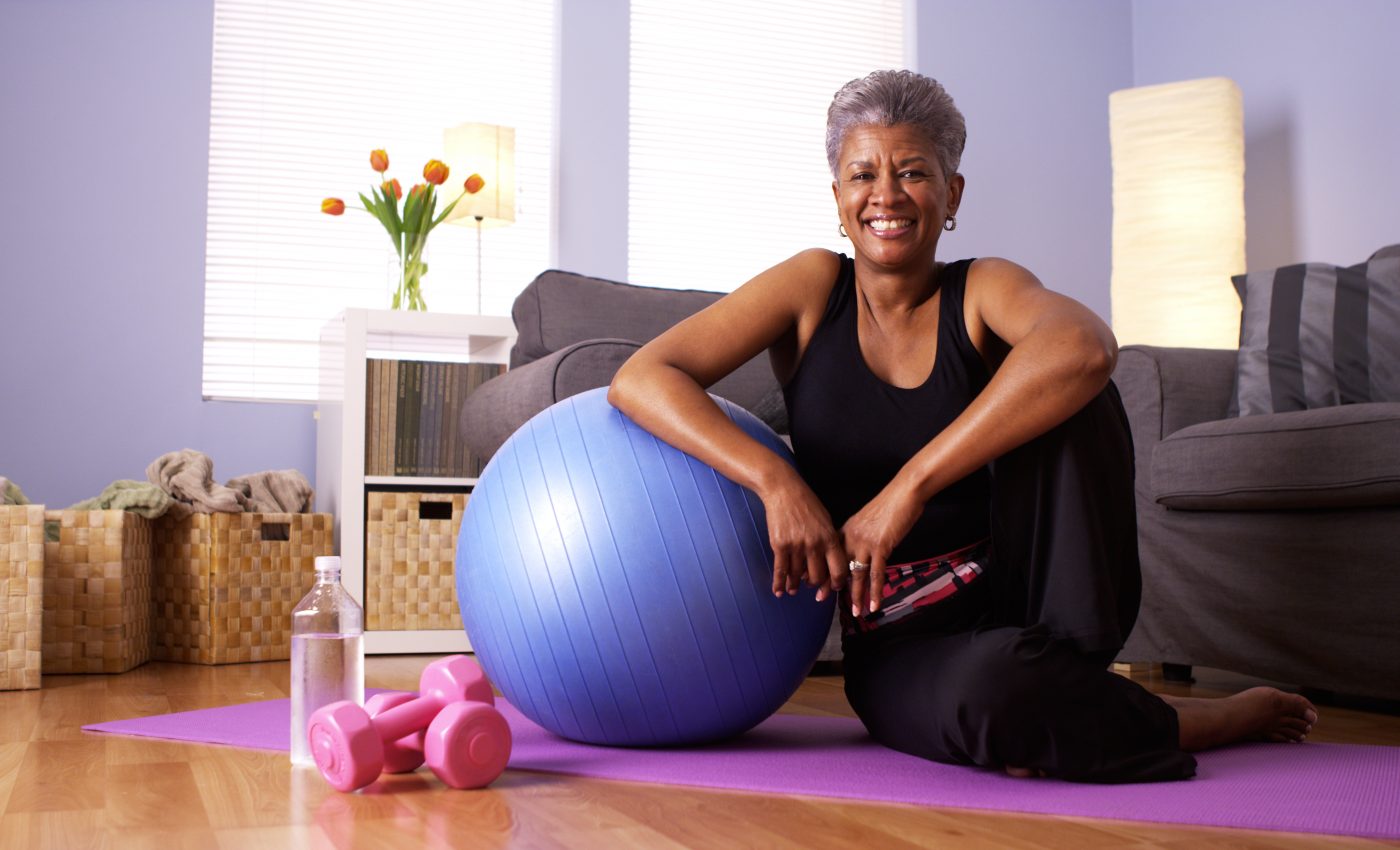
Physical inactivity is especially dangerous for older adults
Social distancing and isolation puts older adults at a higher risk of physical inactivity and sedentary behavior. Experts at the University of Sao Paulo in Brazil have published a report on the dangers of physical inactivity for older adults during the COVID-19 pandemic.
According to the researchers, older adults who do not get regular exercise become more susceptible to COVID-19 and other chronic diseases, as well as weakened muscles and frailty.
The experts noted that it only takes five to 10 days of physical inactivity for muscles to begin shrinking. This can speed up the progression of muscle loss, which subsequently increases the risk of serious conditions including cancer, chronic inflammation, and neurological disorders.
Previous studies have shown that older adults who walk fewer than 1,500 steps a day can lose as much as four percent of the muscle tissue in their legs in just two weeks.
The actual impact of the pandemic on physical activity is not yet known, but the researchers said that wearable fitness trackers are providing early estimates. Data from 30 million users worldwide suggest that there was a 12 percent step-count decline in the United States during the week of March 22, 2020 compared to the same week in 2019. In some other countries, the step counts were reduced even more dramatically.
Muscle weakness and frailty is a known risk factor for death in older adults. Two weeks of inactivity, or a 75 percent daily step reduction, has been found to decrease muscle strength by 8 percent. Research has also shown that two weeks of rehabilitation exercises failed to help individuals rebuild their muscle strength.
Furthermore, a reduction of 1,000 to 1,500 steps per day is linked to higher blood sugar levels and increased inflammation.
According to the study authors, strategies to reduce the potential unhealthy effects of isolation are extremely important. Resistance exercise is a proven strategy for increasing muscle mass, strength, and mobility, even for people in their 90s, the experts said. Exercise programs that can be practiced at home are especially helpful during isolation, and can help improve strength and prevent life-threatening falls.
The researchers suggest that health education for older adults should introduce light activity into daily routines, focusing on sitting less and moving more. Some easy ways to incorporate more movement into a daily routine at home include strolling or standing up during television commercial breaks, engaging in leisure activities such as dancing or walking, and performing light household chores like cleaning and gardening.
“There is evidence that older individuals with higher age‐adjusted cardiovascular fitness and regular physical activity show better vaccine responses, lower low‐grade inflammation, and improved immune markers in various conditions, including cancer and cardiometabolic diseases,” wrote the study authors. “Whether this holds true for COVID‐19 remains to be investigated.”
The study is published in the Journal of American Geriatrics Society.
—
By Chrissy Sexton, Earth.com Staff Writer













